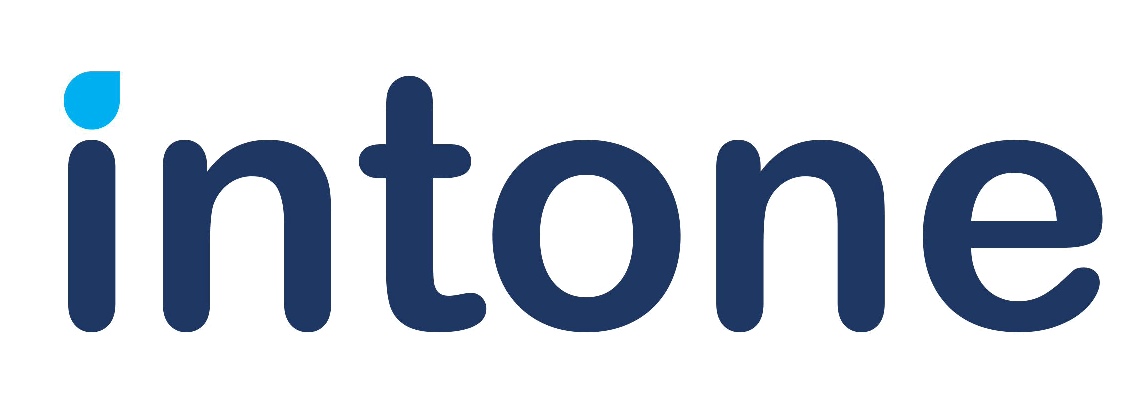Contents
Chatbots and conversational AI are not the same things even though they seem highly related to one another. Albeit used interchangeably, there are few differences between the two technologies. In this article, we will discuss the distinction between conversational AI and traditional chatbots.
What is a Chatbot?
Chatbots are virtual assistants that are robots with the ability to understand human language and respond to it for which they use voice or texts. However, chatbots are basic Q&A-based bots that are programmed to respond to preset queries. Basic keyword recognition is at the root of chatbot technology. It enables chatbots to understand user requests and respond appropriately. Basic chatbots are usually only capable of limited tasks and need the help of conversational AI to enhance their abilities further.
Here are a few statistics about traditional chatbots that are relevant today
- A fascinating number of more than 1.4 billion people are using chatbots today and the US stands at the top as the country with the most usage of chatbots according to Acquire and Chatbots Life
- Did you know that due to growing demand, about 80% of businesses are expected to have some kind of a chatbot system by 2022 according to IBM
- Another incredible fact is that in the year 2020, approximately 41.3% of customers were found to have used chatbots for their purchases. This was a massive increase from the 17.1% in 2019 according to a report by Drift
- The Mobile Marketer also reports an interesting fact of 40% of millennials (individuals becoming young adults in the early 21st century) stating their engagements with a chatbot bot daily
What is Conversational AI?
Conversational AI is a more developed concept of a chatbot. It uses artificial intelligence (AI) along with natural language processing (NLP), and machine learning (ML) at its core. It also uses a few other technologies including identity management, secure integration, process workflows, dialogue state management, speech recognition, etc. Combining all these technologies enables conversational AI to interact with customers on a more personalized level, unlike traditional chatbots. A few results of use cases of conversational AI include blocking credit cards, filing insurance claims, upgrading data plans, scanning invoices, etc.
Here are a few relevant statistics you need to know about conversational AI
- You would be interested to know that IT help desk agents on average take 10-80 hours of training each year for onboarding processes. According to SDI, conversational AI does not need one and can be up and running within a few seconds
- Did you know that the growing use of conversational AI bots and NLP is enabling businesses to save up to $1 million annually in customer service costs
- An interesting report published by the MIT Technology Review review talks about how more than 90% of businesses reported significant improvements in complaint resolution, call processing, customer and employee satisfaction with conversational AI
- Another interesting report by Bloomfire talks about how businesses are also gaining a lot as conversational AI is able to provide immediate redressals and reduce the time spent on issues such as employees spending 16% of their time in internal communication
- Salesforce makes a fascination revelation of 77% agents believing that automating routine tasks will help them complete more complex tasks which can be hugely impacted by conversational AI usage.
Key Points Differentiating Conversational AI vs Traditional Chatbots
Listed below are a few key differences that can help you understand the difference between conversational AI vs traditional chatbot.
- Conversational AI has an advanced level of NLP. Chatbots use basic keyword recognition.
- Conversational AI is a multichannel technology while traditional chatbots are single-channeled
- Multilingual features are a part of conversational AI while traditional chatbots are comparatively limited.
- Machine learning (ML) is a part of conversational AI and not chatbots
- Dialog state management is also an integral part of conversational AI. Traditional chatbots lack that technology altogether.
- Conversational AIs also constitute a data/system integration element within it, unlike traditional chatbots that have a simple/limited integration programming.
- Identity & access management and security management are two more integral features of conversational AI that traditional chatbots lack.
Why Choose Intone for Your Conversational AI Needs?
Almost all major conglomerates are moving towards adopting conversation AI for their business and respective operational needs. Now that you have gotten a glance at its added benefits and the difference between a traditional chatbot and an A.I.-powered chatbot, let us also inform you of the reasons why you should choose Intone for your conversational AI needs. Intone is a pioneer of conversational AI solutions and if you choose us we can help stay ahead of the curve and maintain your edge in the market. We offer
- Solutions for the insurance and healthcare sectors through Intone’s InsurAI and Intone’s HealthAI.
- InsurAITech makes faster claim processing and easier policy cancellation possible.
- It also ensures adherence to the latest compliance standards with RPA.
- You can also implement data collection automation from internal and external sites and also enhance underwriting.
- InsurAI also provides greater data security with a minimum of 256-bit encryption at transmission and rest.
- It also improves the accuracy of financial analysis and forecasts with financial process automation.
- Intones HealthAI powered by EnterpriseBot offers an increase of 30-40% in output and an overall scaleup in the hospital workforce and care delivery.
- Many of our client organizations have witnessed up to 50% reduction in operational costs upon deploying HealthAI.
- HealthAI comes with 90%+ EHR, ensuring accurate inpatient records and enabling you to predict and treat diseases better.
- HealthAI can easily be integrated into core platforms like Salesforce and EPIC
- HealthAI is also available across all channels – websites, in-app, SMS, iMessage, Whatsapp, Facebook, etc.
Check out how Intone is helping shape the financial business landscape with Financial services robotics process automation.

